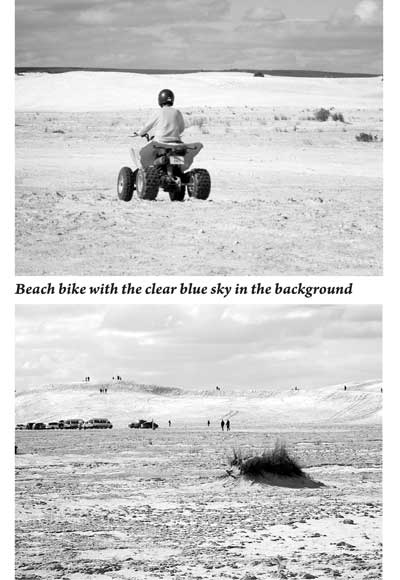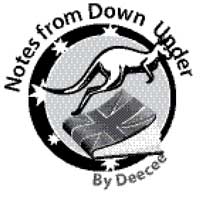Friday Apr 26, 2024
Friday Apr 26, 2024
Saturday, 9 September 2017 00:00 - - {{hitsCtrl.values.hits}}

Sand, surf and sunsets. These are the key attractions publicised about Lancelin, a popular tourist town in Western Australia situated at the end of the Indian Ocean Drive – the motorway alongside the sea from Perth. The place is globally renowned for beautiful sand dunes stretching for a few kilometres along the sea beach.
We reached Lancelin for lunch after visiting GinGin described in this column a fortnight back. The town’s name originates from nearby Lancelin Island which was named after P.J. Lancelin, the scientific writer, by the French explorer Captain Nicolas Baudin in 1801.
Records refer to the ‘Baudin expedition’ to map the coast of Australia. He had come with a group including nine zoologists and botanists in two ships. He had explored and mapped the western coast and a part of the little-known southern coast of the continent. The scientific expedition had proved a great success with more than 2,500 species being discovered. The French group had met the Aboriginal people and treated them with great respect.
Most places in Australia have been named using Aboriginal words. It has been the same with Lancelin. It had been gazetted in 1950 as ‘Wangaree’, the Aboriginal word for fish until being renamed after a few years as Lancelin. The area was initially a holiday camping place through the 1940s and holiday shacks were probably built in the area during this time but interest in the area grew as it was designated as a possible port to be utilised by the crayfish or lobster fishery.
We picked a beachfront rugged restaurant for lunch housed in a pretty old but well-maintained building. We sat inside for lunch because of the chilly blowing though it was a nice sunny day. The heavy furniture could not be moved about easily. A little notice on a door warned the customers: ‘Please be careful – This door is really heavy and swings when it is let go (watch little fingers)’.
There was a sense of humour in the notices meant for customers. A welcome notice to the dogs at one entrance with a set of rules was interesting reading.
Even from inside the restaurant we got a good view  of the sea because of the huge glass windows. We saw an island a little away and anchored boats possibly for those interested to tour the island and get back.
of the sea because of the huge glass windows. We saw an island a little away and anchored boats possibly for those interested to tour the island and get back.
With the place quite famous for sand dunes, we drove up prepared for a long walk. Once we reached the place we saw quite a lot of vehicles which had gone quite close to the sand dunes. Ours not being a four-wheel drive, we were cautious and parked at a fair distance. We then walked around and got a feel of the place.
Beach bikes are a popular mode of transport to go round the sand dunes. Four-wheeled bikes look a bigger version of a motor cycle but needs skill to manoeuvre. An experienced motor cyclist in our group hired one for A$ 50 (fee for half an hour) but found it difficult to manage and gave up after trying for about 10 minutes. There are routes to go but until you are able to handle the vehicle with skill, the vehicle tends to move away and it’s tough to get going.
Many with sand boards were enjoying racing up and down the tall sand dunes. So were the bikes making a loud noise. It was fun watching them from a distance.
Along with sandboarding and four-wheel driving on the beaches and in the sand dunes, kitesurfing and windsurfing are popular sports in the ocean off Lancelin.